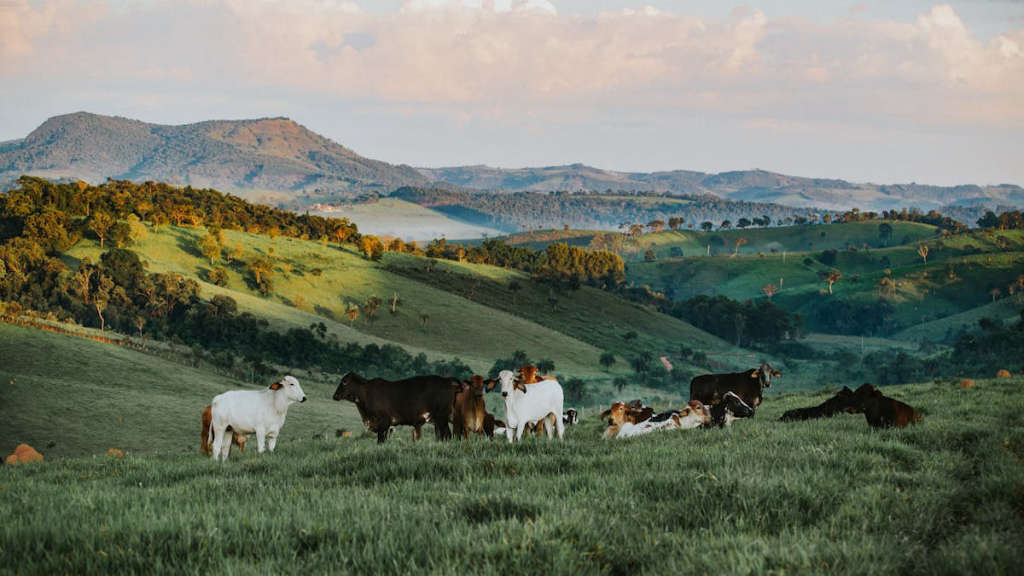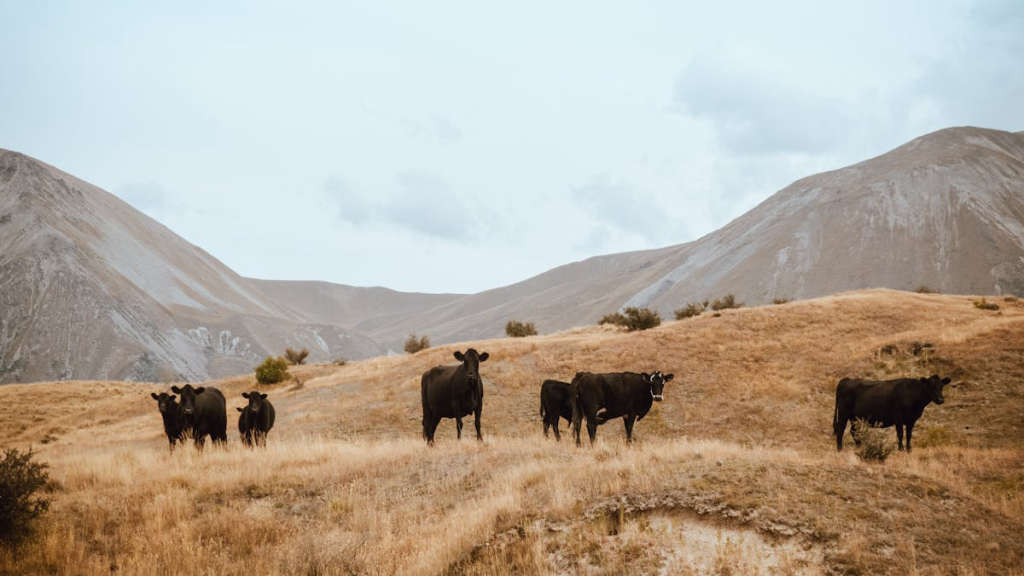Cooking is not just about sustenance; it’s an art form that celebrates the richness of taste and tradition. Among the gems of culinary creations, Piedmontese beef recipes stand out for their exquisite flavor and tenderness. Whether you are a seasoned chef or a passionate home cook, these recipes promise to elevate your dining experience. Let’s explore how you can unleash the best Piedmontese beef recipes to tantalize your palate and impress your guests.
Main Points
- Introduction to the unique flavors of Piedmontese beef.
- Key techniques for preparing tender and flavorful dishes.
- Signature recipes that highlight the distinct characteristics of Piedmontese beef.

Elevating Your Culinary Skills: Mastering Traditional Piedmontese Beef Dishes
When it comes to Italian cuisine, few regions boast a heritage as rich and diverse as Piedmont. Nestled in the northwestern corner of Italy, this culinary paradise is renowned for its exceptional beef dishes that reflect a unique blend of tradition and innovation. By delving into the heart of Piedmontese cooking, you can elevate your culinary skills while enjoying flavors that resonate long after the meal is over.
The Essence of Piedmontese Beef
At the core of Piedmontese cuisine is the illustrious beef, specifically the local breed known as “Piemontese.” This cattle breed is celebrated for its tenderness and flavor, making it a prized ingredient in various traditional dishes. Cooking with Piedmontese beef not only provides a superior taste experience but also supports local agriculture.
Classic Dishes to Master
To truly appreciate what Piedmont has to offer, consider mastering a few of its classic beef dishes. Here’s a curated list to get you started:
- Brasato al Barolo: A rich braised beef dish cooked slowly in Barolo wine. This method tenderizes the meat while infusing it with deep, complex flavors.
- Carne Cruda: A traditional dish made with raw minced beef, typically seasoned with olive oil, lemon, and parsley. It’s a true celebration of simplicity and freshness.
- Bagna Cauda: Not purely a beef dish, but it features thinly sliced beef served with a warm dip of garlic, anchovies, and olive oil. It’s a communal dish that encourages shared eating experiences.
These dishes not only highlight the exquisite flavor profiles of Piedmontese beef but also offer a glimpse into the region’s culinary traditions.
Essential Techniques for Cooking Piedmontese Beef
Now that you know a few signature dishes, let’s dive into the fundamental techniques necessary for preparing them effectively:
- Slow Cooking: Many Piedmontese beef dishes benefit from this technique. It allows flavors to develop and the meat to become melt-in-your-mouth tender.
- Proper Seasoning: The right balance of herbs and spices—such as rosemary and garlic—can enhance the natural flavor of the beef. Use them wisely to avoid overpowering the dish.
- Quality Ingredients: Invest in quality beef and local products. The success of your culinary endeavors often lies in the quality of your ingredients.
Final Thoughts on Mastering Piedmontese Cuisine
Mastering traditional Piedmontese beef dishes is not just about following recipes; it’s about embracing the culture and stories that accompany each meal. As you cook, don’t hesitate to explore and infuse your personality into the dishes. Experimenting with ingredients and techniques can yield delightful surprises, elevating your culinary journey to new heights. Remember, each dish has its nuances, and the joy of cooking lies in both the process and the product.
As you refine your skills, you’ll discover that cooking Piedmontese dishes is a rewarding experience that connects you with a rich culinary legacy. So, roll up your sleeves, and let the aromas of traditional Piedmontese beef dishes fill your kitchen—your palate will thank you!

Sustainable Savor: Exploring the Unique Flavors of Piedmontese Beef in Modern Cuisine
In the realm of culinary delights, Piedmontese beef stands out not only for its exquisite flavor profile but also for its sustainable farming practices. Originating from the lush landscapes of the Piedmont region in Italy, this beef is celebrated for its tenderness and unique characteristics. In recent years, there has been a surge in interest in incorporating this remarkable meat into modern cuisine. But what makes Piedmontese beef so special? Let’s explore its distinct qualities and the sustainability that underpins its production.
The Essence of Piedmontese Beef
Piedmontese cattle are renowned for their remarkable physical attributes. Their unique genetic composition allows them to produce lean meat with exceptional marbling, which is often mistaken for higher-fat content. This quality is particularly appealing to chefs and food enthusiasts alike. The rich umami flavor of the beef is a result of its diet, which consists mainly of grass and grains, promoting a natural and wholesome taste.
Moreover, Piedmontese beef is noted for being lower in cholesterol and higher in protein compared to other breeds. These nutritional benefits align perfectly with a growing consumer preference for health-conscious choices. Yet, the true charm of Piedmontese beef lies in its versatility. From gourmet burgers to elegant steaks, this meat can grace any dining table, providing an experience that caters to both traditional and contemporary palates.
Sustainability and Ethical Practices
What sets Piedmontese beef apart in modern cuisine is not solely its taste, but also the sustainable practices employed in its production. Farmers in the region prioritize animal welfare and environmental stewardship, ensuring that cows are raised in humane conditions. This commitment resonates with consumers increasingly concerned about the origins of their food.
Sustainable farming practices include rotational grazing, which not only improves soil health but also enhances the quality of the meat. By allowing cattle to graze naturally, farmers are contributing to biodiversity and reducing the carbon footprint associated with conventional livestock farming.
When considering the journey of Piedmontese beef from pasture to plate, it’s clear that sustainability is interwoven into its very fabric. Chefs are now embracing these practices, creating menus that not only celebrate the flavors of this unique beef but also promote an eco-friendly ethos.
A Culinary Landscape Transformed
Modern cuisine champions innovation, and Piedmontese beef is a splendid example of this evolution. Chefs are experimenting with unique preparation methods, elevating traditional recipes while respecting the integrity of the beef. Imagine a perfectly seared Piedmontese steak served alongside seasonal vegetables—this harmony of flavors excites the palate and reinforces the importance of using quality ingredients.
As diners become more aware of their culinary choices, the demand for sustainable options continues to rise. Restaurants are showcasing Piedmontese beef not just as a menu item but as a symbol of a conscientious approach to dining. The allure of this beef extends beyond taste; it embodies the fusion of flavor and responsibility.
| Characteristic | Piedmontese Beef |
|---|---|
| Flavor Profile | Rich Umami |
| Health Benefits | Lower cholesterol, higher protein |
| Farming Practices | Ethically raised, environmentally conscious |
The Future of Piedmontese Beef in Modern Dining
As we look forward, the trajectory for Piedmontese beef in the culinary landscape remains vibrant. With each bite, consumers can appreciate not only the unique flavors but also the effort that goes into sustainable practices. This synergy between taste and responsibility is not just a trend; it’s a movement towards better food choices, without compromising on quality.
In conclusion, exploring the flavors of Piedmontese beef is a journey marked by tradition, sustainability, and culinary innovation. Chefs and consumers alike hold the power to shape the future of food—embracing not only what’s delicious but what’s good for the planet.

Conclusion
Exploring the world of Piedmontese beef recipes offers a delightful journey into the heart of Italian culinary traditions. These dishes stand out not only for their rich flavors but also for the stories they tell about the region and its proud heritage. As you try your hand at these recipes, you connect with the culture and the people who have perfected the art of cooking beef over generations. Remember, cooking is as much about the joy of sharing as it is about the flavors on your plate. By embracing these recipes, you don’t just create a meal; you craft an experience filled with love and tradition.
Frequently Asked Questions
What is Piedmontese beef?
Piedmontese beef comes from the Piedmont region in Italy and is known for its unique breed of cattle, which produces lean and tender meat with a rich flavor.
How do I cook Piedmontese beef?
Piedmontese beef can be cooked using various methods such as grilling, roasting, or pan-searing. Due to its lean nature, it’s best to cook it to medium-rare to maintain tenderness and juiciness.
Are there any special recipes for Piedmontese beef?
Yes, popular recipes include Piedmontese beef stew, tagliata (sliced grilled beef served with arugula), and classic Italian pasta dishes featuring this flavorful meat.